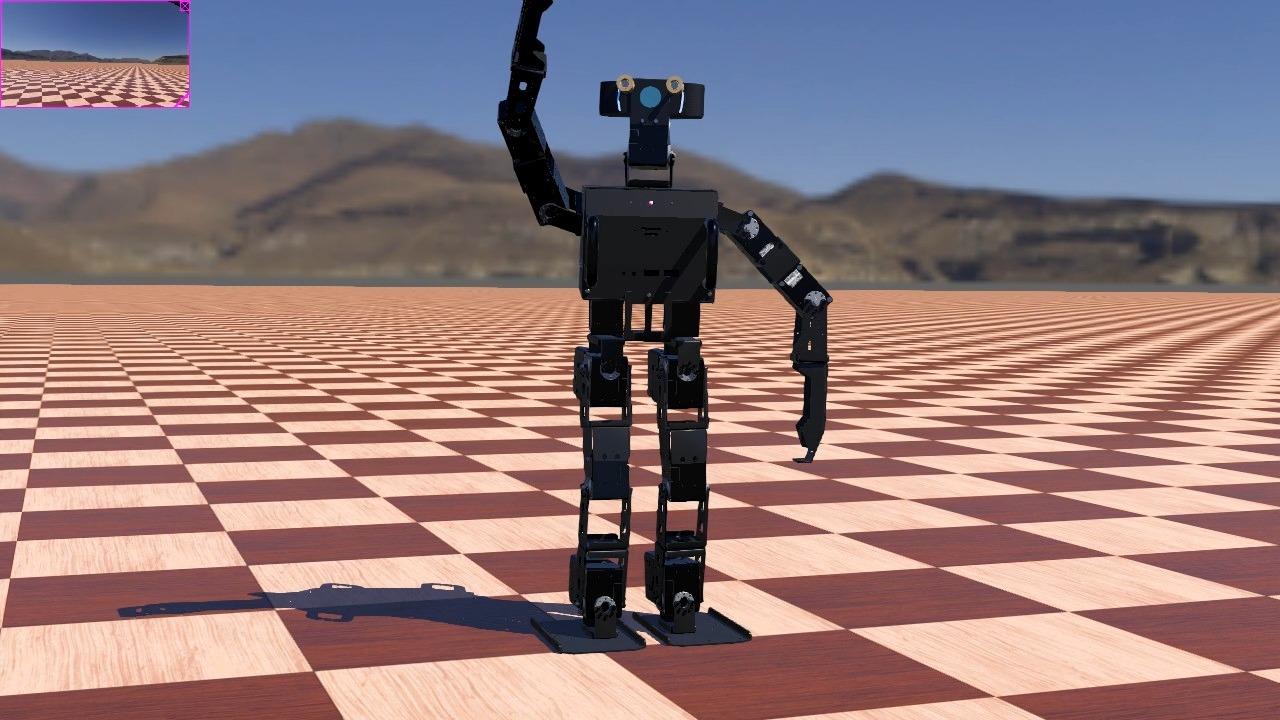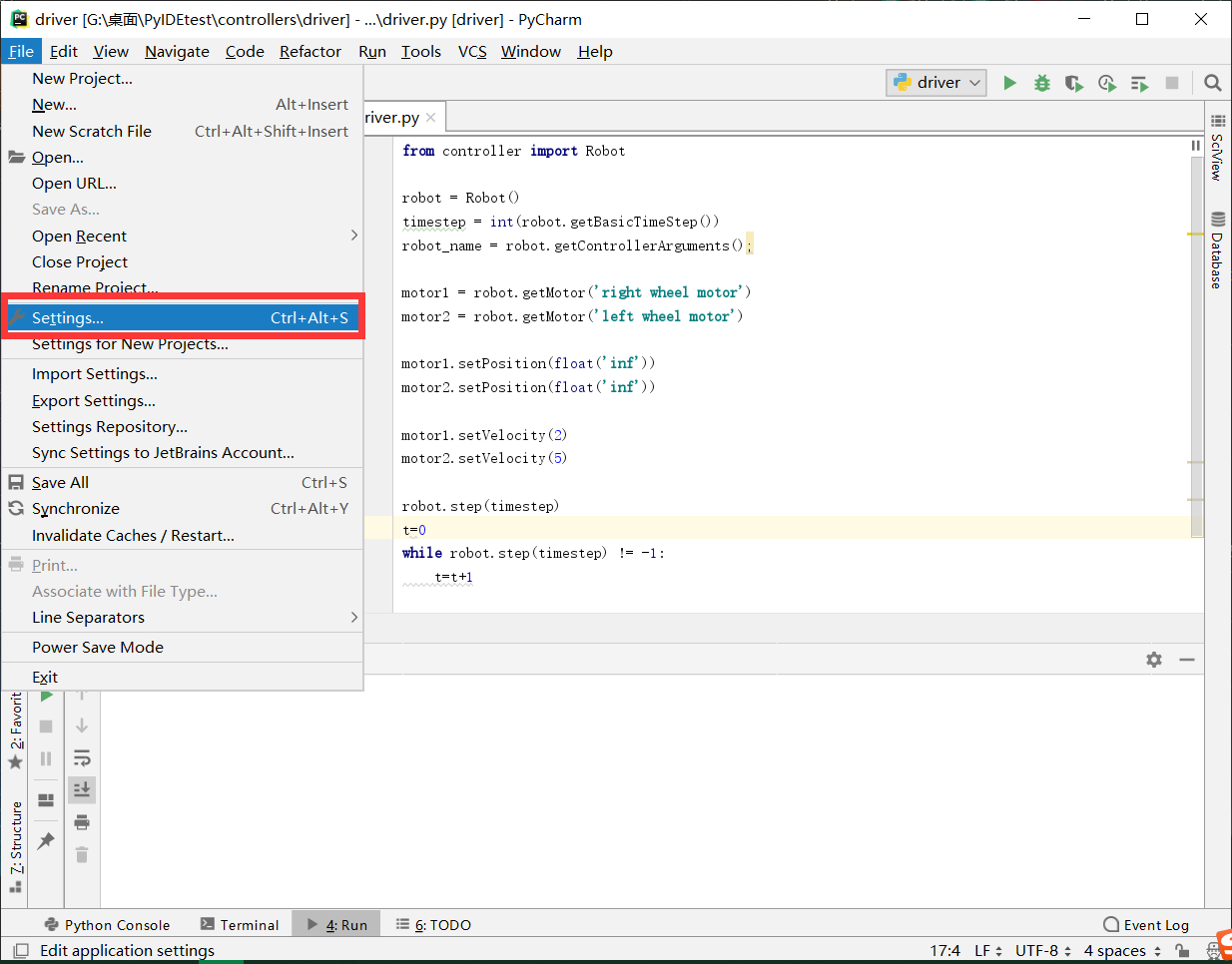
It also initiated my work with simulators which I think would be very useful for the community too. This means that I’ll be dwelling more often in the space between Bitcraze and the community, which is something that I do really enjoy I noticed during the Grand Tour. If the window is minimized, the performance is also increased.In the first years that I started at Bitcraze I’ve been focused mostly on embedded development and algorithmic design like the app layer, controllers and estimators and such, however recently I started to be quite interested in the robotic integration between the Crazyflie and other (open-source) projects and users. Running headless is a little faster than with GUI. The following table shows the simulation speed ratio of a Webots simulation rendering a camera of size 1000x1000 on jumaxbuild. Redirecting the GUI to the local computer has some performance impact compared to running headless. To kill an existing display: vncserver -kill :DISPLAY# To see the list of existing displays, use the following: vncserver -list.

It will start Webots headless at the same time. Then, you can start a new virtual display using vncserver command. You can also add -stdout and -stderr options to redirect the webots logs to the VNC log file (see step v.). home/jusers/user1/jumax/webots/webots -no-rendering -batch /path/to/your/world/file.wbtĭon't forget to replace user1 by our username.

You need to add the following line after the unset lines: This file is used to define applications you want to run when creating a display. vnc and edit the xstartup file with vim: vim xstartup. Once you finish the configuration, type cd. Choose user information that you will remember. VNCserver will ask you for a username and a password. In your :~/ directory, execute the following command: vncserver. Here we will use the package to create a virtual display for Webots. VNC allows to remotely control and display another computer. Jumax-cpu: The alternative on jumax-cpu (which doesn't have a X server) is to use Virtual Network Computing (VNC), using the vncserver package installed on Jumax. In headless mode, Webots is also started with GPU acceleration by default if GCC and libGLU modules are loaded.

This way, Webots will get a X11 connection to a X-server running on your local machine. This allows to forward your X display to the remote computer. GUI on your local display: In the jumax access tutorial, at step 11, you added the ForwardX11 yes line in your SSH config file. Webots needs a X11 connection to a X-server to run.


 0 kommentar(er)
0 kommentar(er)
